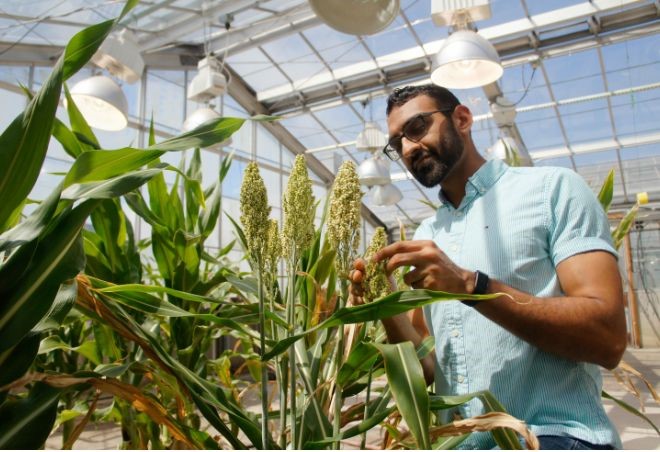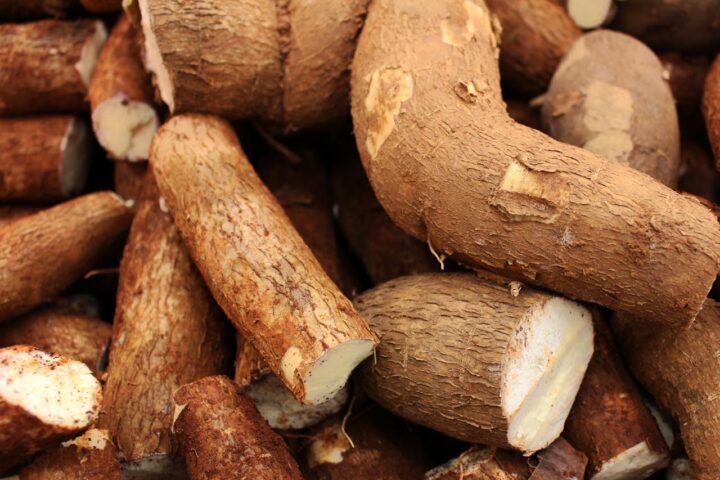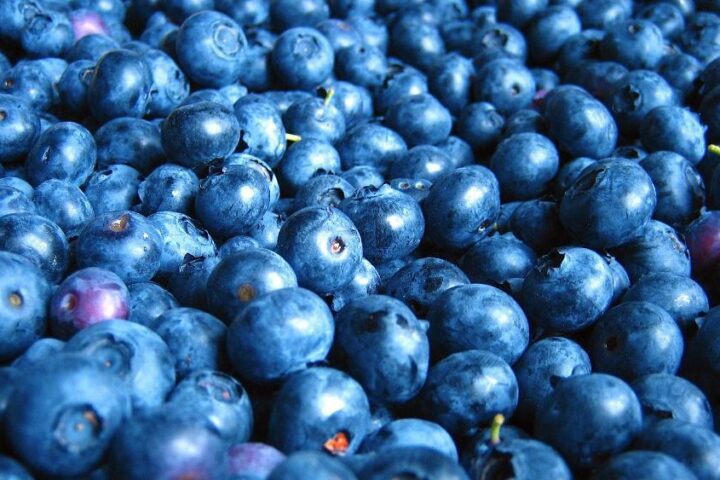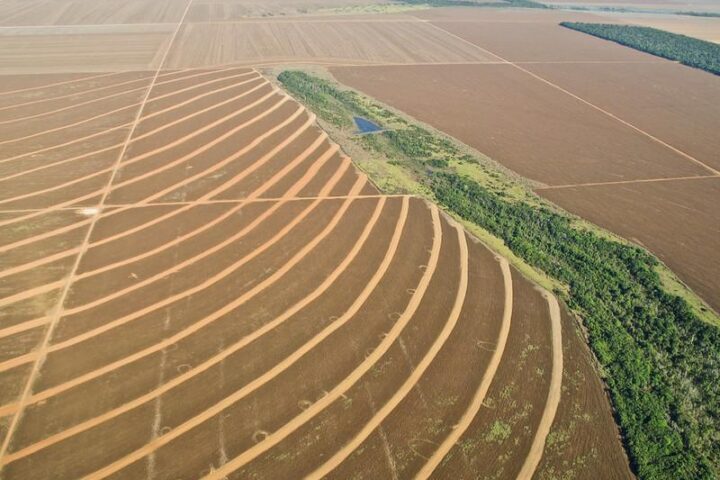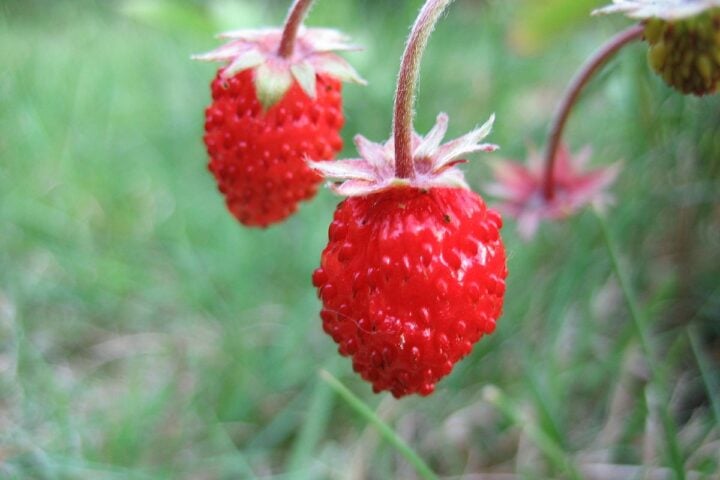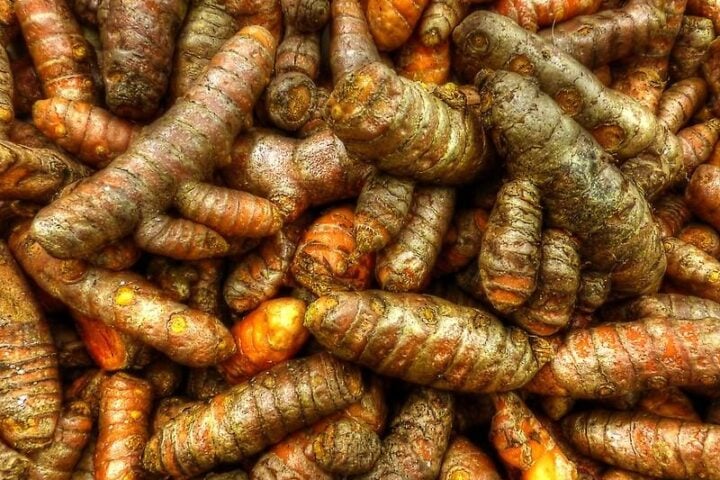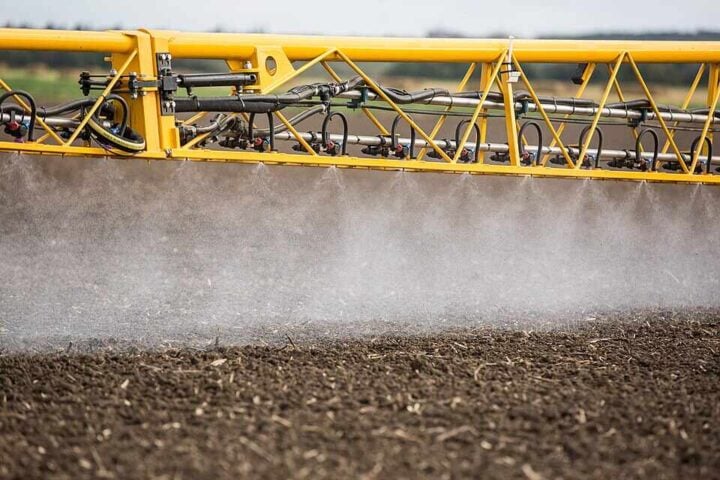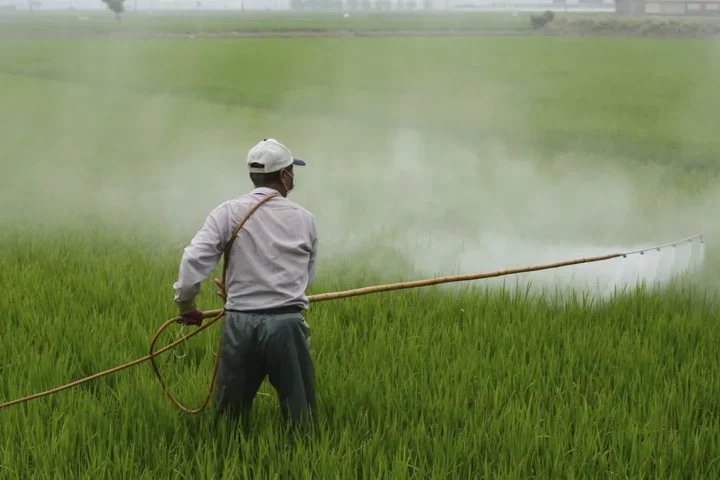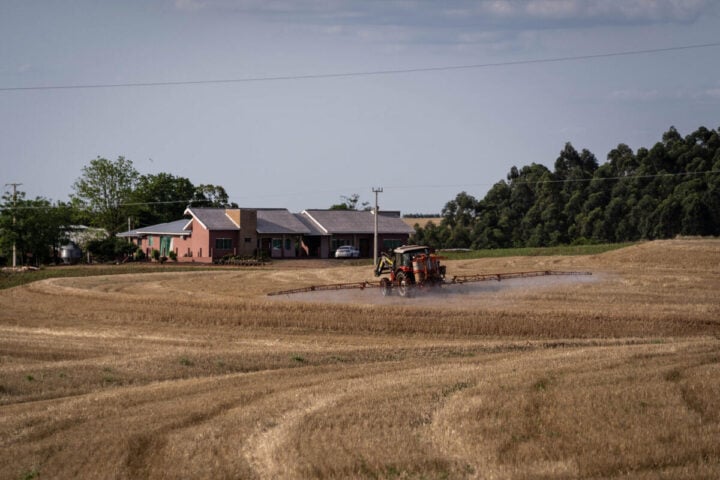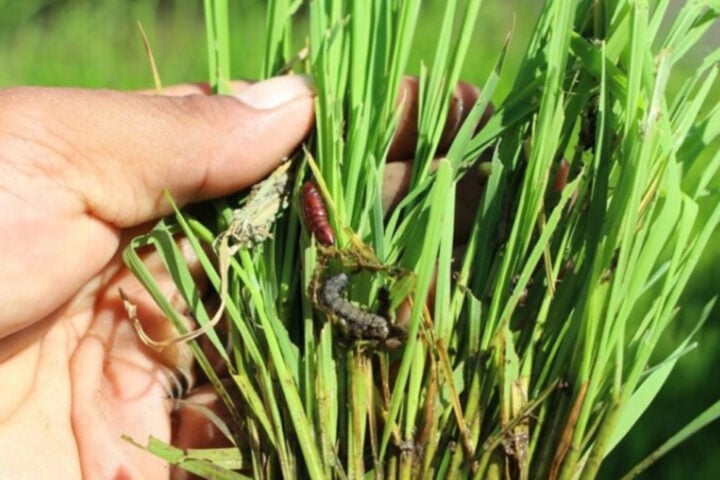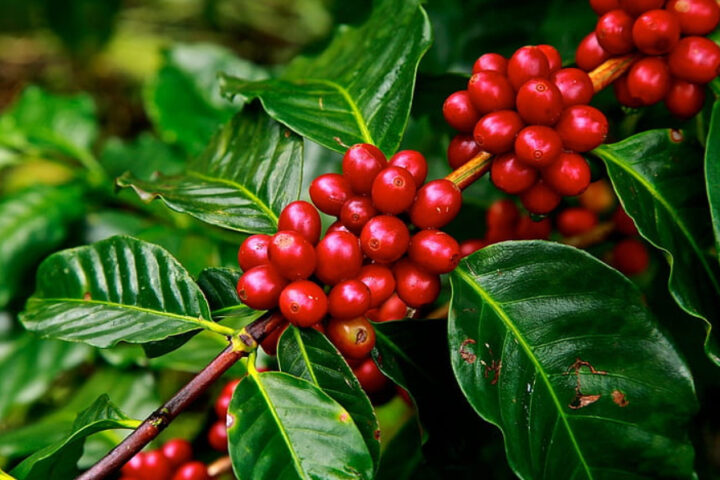A team from the Innovative Genomics Institute at the University of California, Berkeley (UCB) has achieved increased gene expression in a food crop by altering its regulatory DNA. While other studies have used CRISPR/Cas9 gene editing to delete or reduce gene expression, a new study published in Science Advances represents the first unbiased approach to gene editing aimed at increasing gene expression and photosynthetic activity.
Unlike synthetic biology strategies that use genes from other organisms to enhance photosynthesis, genes involved in photoprotection processes are naturally present in all plants. Inspired by a 2018 Nature Communications study that improved water use efficiency in a model crop by overexpressing a gene, PsbS, in plants, the Niyogi lab and its leader Kris Niyogi sought to discover how to alter the expression of native plant genes without introducing foreign DNA.
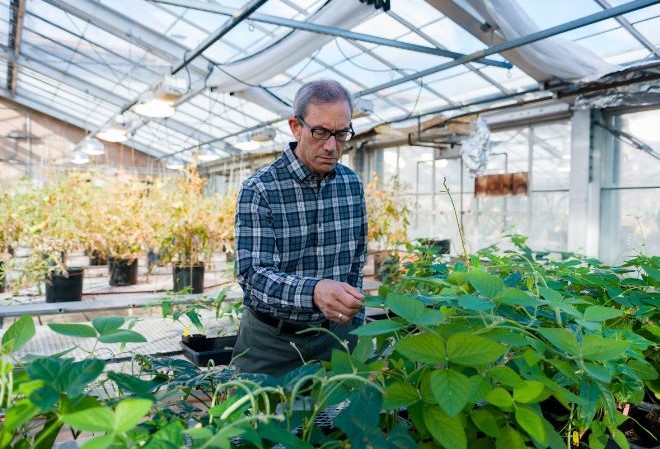
According to the Food and Agriculture Organization (FAO), rice supplies at least 20% of the world’s calories and, as it has only one copy of each of the three key photoprotective genes in plants, it was an ideal model system for this genetic editing study. The lab undertook this work as part of the “Realizing Increased Photosynthetic Efficiency” (RIPE) project, an international research effort led by the University of Illinois aimed at increasing global food production by developing food crops that convert solar energy into food more efficiently, supported by the Bill and Melinda Gates Foundation, the Foundation for Food and Agriculture Research, and the UK Foreign, Commonwealth & Development Office.
The lab’s plan was to use CRISPR/Cas9 to alter the upstream DNA of the target gene, which controls how much of the gene is expressed and when. They wondered whether making these changes would impact downstream activity and to what extent. “The changes in the DNA that increased gene expression were much bigger than we expected and bigger than we’ve really seen reported in other similar stories,” said Patel-Tupper, now a member of the AAAS Science and Technology Policy Fellowship at USDA. “We were a little bit surprised, but I think it goes to show how much plasticity plants and crops have. They’re used to these big changes in their DNA from millions of years of evolution and thousands of years of domestication. As plant biologists, we can leverage that ‘wiggle room’ to make large changes in just a handful of years to help plants grow more efficiently or adapt to climate change.”
Similar Posts
In this study, RIPE researchers learned that investments or “flips” in regulatory DNA resulted in increased gene expression of PsbS. After the largest investment in DNA, team members conducted an RNA sequencing experiment to compare how the activity of all genes in the rice genome changed with and without their modifications. What they found was a very small number of differentially expressed genes, much smaller than similar transcriptome studies, suggesting that their approach did not compromise the activity of other essential processes.
Patel-Tupper added that while the team demonstrated this method is feasible, it remains relatively rare. Around 1% of the plants generated had the desired phenotype. “We showed a proof-of-concept here, that we can use CRISPR/Cas9 to generate variants in key crop genes and get the same leaps as we would in traditional plant breeding approaches, but on a very focused trait that we want to engineer and at a much faster timescale,” Patel-Tupper said. “It’s definitely more difficult than using a transgenic plant approach, but by changing something that is already there, we may be able to preempt regulatory issues that can slow how quickly we get tools like this into the hands of farmers,” he concluded.
